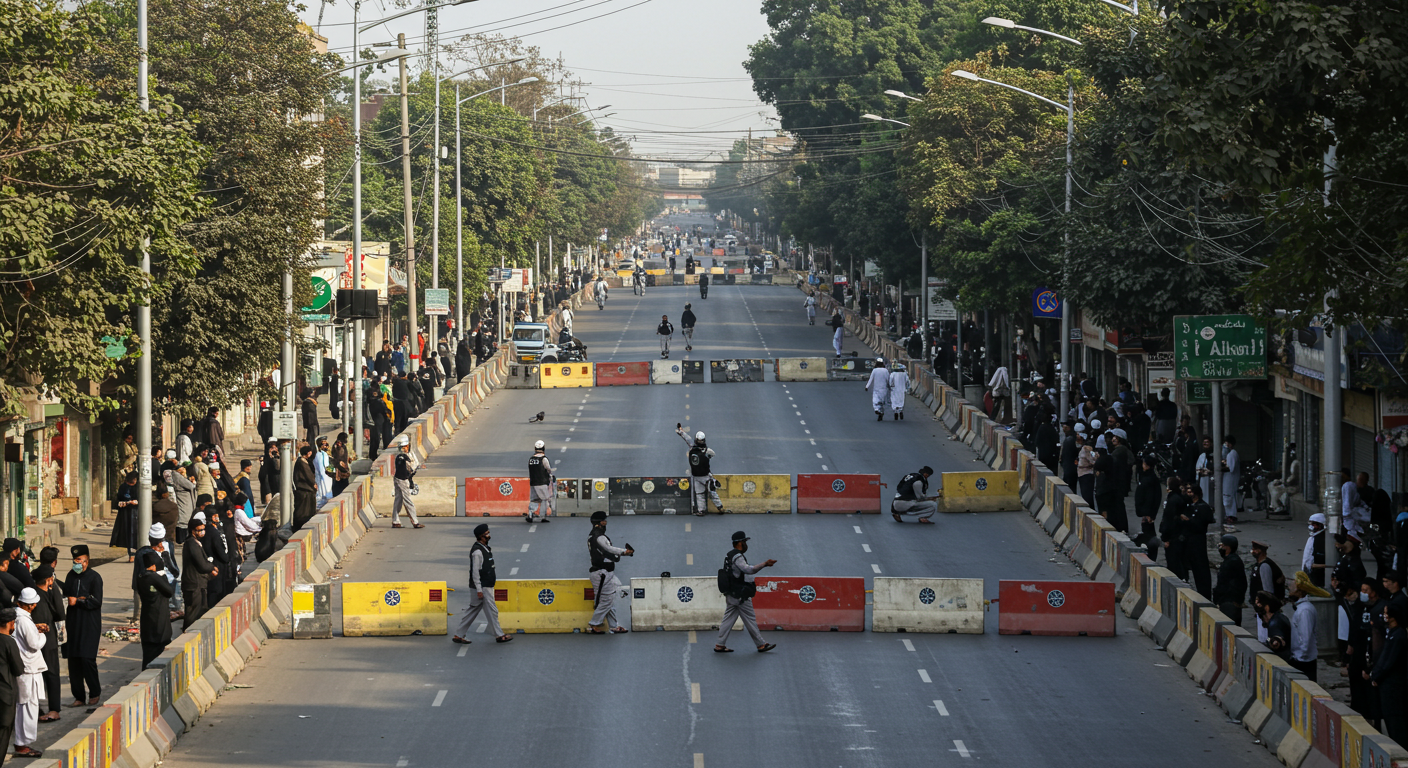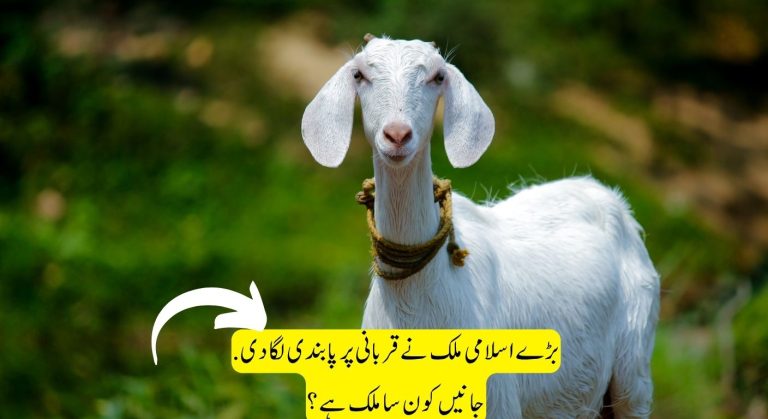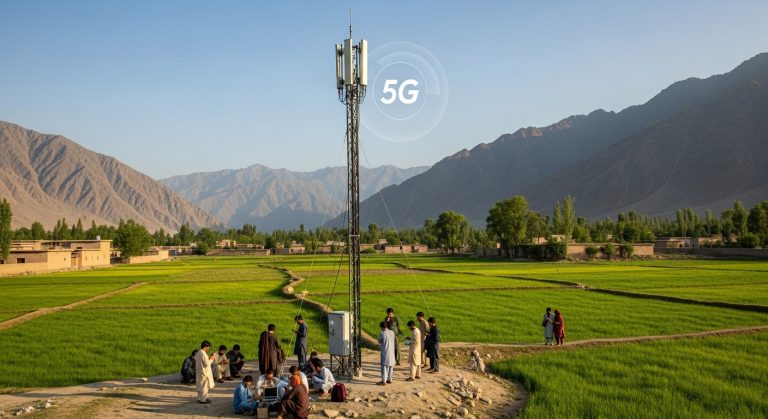Traffic Across Pakistan Remained Suspended on 10th Muharram for Security and Respect
Date: 7 July 2025
On the 10th of Muharram, traffic in all major cities and towns across Pakistan came to a complete halt. This suspension of traffic was part of the country’s strict security measures and religious observance to ensure the peaceful conduct of Ashura processions. The day is considered one of the most sacred days in the Islamic calendar, especially by Shia Muslims, who hold large mourning processions to commemorate the martyrdom of Hazrat Imam Hussain (RA), the grandson of Prophet Muhammad (SAW).
Let’s explore how this traffic suspension affected the nation, why it was necessary, and how citizens responded to the arrangements.
Why Traffic Was Suspended on 10th Muharram
Ashura is a day of deep mourning and religious reflection. In cities like Karachi, Lahore, Islamabad, Quetta, Peshawar, and Multan, large mourning processions took place. To avoid any security threats and manage the crowd safely, the government decided to completely suspend traffic on the routes of these processions.
Authorities placed containers and barriers to block roads leading to the central procession routes. This was done to protect the mourners and prevent any possible terrorist attacks or incidents.
Cities Affected by Traffic Suspension
Karachi
In Karachi, all major roads in Saddar, M.A. Jinnah Road, and Numaish were closed. Public transport was not allowed near the procession areas. People had to take alternate routes, and mobile services were also partially suspended for safety.
Lahore
Lahore also saw a complete traffic closure on key roads like The Mall, MAO College Road, and Islampura. A special traffic plan was announced a day before, advising citizens to avoid certain roads and use detours.
Islamabad and Rawalpindi
In the twin cities, processions were held under tight security, and Faizabad, Raja Bazaar, and G-6 areas saw full road closures. Metro Bus Service remained suspended in some sections.
Other Cities
In cities like Quetta, Peshawar, Sukkur, Hyderabad, and Bahawalpur, similar arrangements were in place. All vehicles were stopped from entering areas where processions passed through.
Government and Police Arrangements
To ensure peace and order, the government worked closely with religious scholars, local organizers, and law enforcement agencies. Here’s what they did:
- Containers and Checkposts: Containers were placed to seal the roads, and dozens of temporary checkposts were established to check all individuals entering the mourning areas.
- Surveillance Cameras: CCTV cameras were installed to monitor the processions in real-time.
- Sniffer Dogs and Bomb Disposal Squads: These were deployed in sensitive areas to check for any suspicious activity.
- Volunteer Scouts: In many cities, volunteers helped guide the crowd and assist security personnel.
- Traffic Police Deployment: Special units of traffic police were stationed to manage detours and guide people towards alternative routes.
Public Response to Traffic Suspension
Most citizens were already aware of the traffic plans due to announcements through TV, radio, and social media. While some people faced difficulties in reaching hospitals, offices, or their homes, the majority showed patience and respected the arrangements.
Families avoided going out unless it was an emergency. Many offices and businesses remained closed. Students had a holiday, and public transport remained limited.
People showed unity and tolerance, understanding the religious importance of the day. Social media was also filled with messages of peace, brotherhood, and respect for each other’s beliefs.
Role of Media and Technology
News channels continuously updated the public about road closures and security situations. Google Maps and other apps also showed live traffic updates and blocked routes. The use of digital platforms helped citizens avoid unnecessary travel and find alternate paths where needed.
In many areas, live broadcasts of processions were shown, allowing people to participate spiritually without being physically present.
Significance of 10th Muharram
The 10th of Muharram, known as Ashura, marks the day when Hazrat Imam Hussain (RA) and his companions were martyred in the Battle of Karbala. The day symbolizes the fight against oppression and standing up for truth and justice.
In Pakistan, it is not only a religious occasion but also a national day of respect and reflection. People of all sects and backgrounds come together to honor the sacrifice made by the family of the Prophet (PBUH).
Conclusion
The complete suspension of traffic across Pakistan on 10th Muharram was a necessary step for ensuring safety, peace, and respect for the religious occasion. Although it caused temporary inconvenience, the smooth execution of processions and the peaceful environment showed that with unity and planning, the country can handle any large-scale event effectively.
Such arrangements show the government’s commitment to protecting the lives of its citizens and respecting religious values. The people’s cooperation and patience deserve appreciation and reflect a strong spirit of harmony and tolerance in society.






